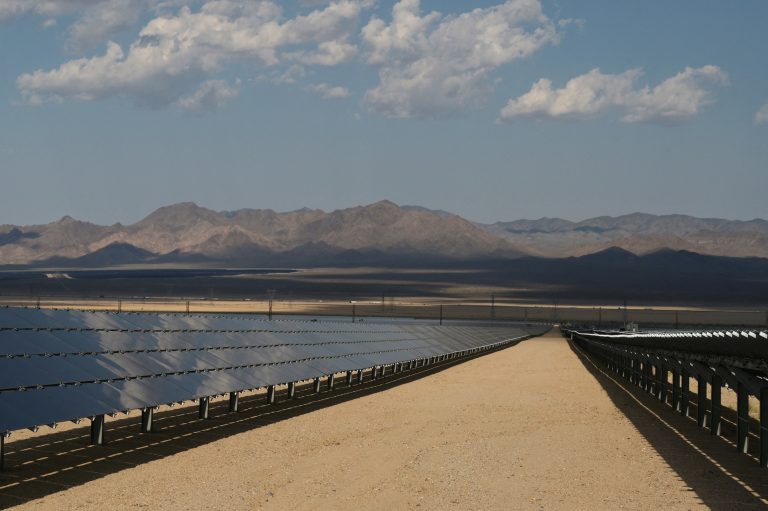The Biden administration said on Monday, Dec. 5 that it would begin a process to identify new areas for solar development in the Western United States to ramp up permitting of clean energy projects on public lands in order to combat climate change.
The U.S. Interior Department revealed in a statement that its Bureau of Land Management would be updating an Obama-era plan that “established special zones for solar projects based on access to transmission, solar energy potential and protecting natural and cultural resources.”
The agency said the new plan would reflect advances in solar technology, new transmission and the administration’s ambitious clean energy goals.
Prioritized states
It could also expand beyond the six states included in the 2012 plan, Interior said. The six were: Arizona, California, Colorado, Nevada, New Mexico and Utah.
President Joe Biden wants to decarbonize the U.S. electricity grid by 2035, something that will require rapid deployment of large amounts of new solar. Interior, specifically, has a congressional mandate to permit 25 gigawatts of renewable energy on federal lands by 2025.
Success
You are now signed up for our newsletter
Success
Check your email to complete sign up
The agency said it was initiating reviews of three new projects in Arizona that would add a gigawatt of power to notoriously arid parts of the state.
Under Biden, Interior has sought to address concerns by wind and solar companies that public lands are less friendly to development than private lands due to higher costs and more onerous permitting.
“The Bureau of Land Management is working diligently to ensure that its processes and pace maintain the momentum we are seeing from industry,” Interior’s principal deputy assistant secretary for land and minerals management, Laura Daniel-Davis, said in a statement.
Shannon Eddy, president of the Large Scale Solar Association, an industry trade group, said in an email that she was “hopeful the new process can result in more pathways for solar siting.”
Reuters contributed to this report.
















